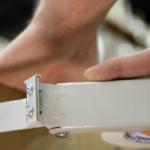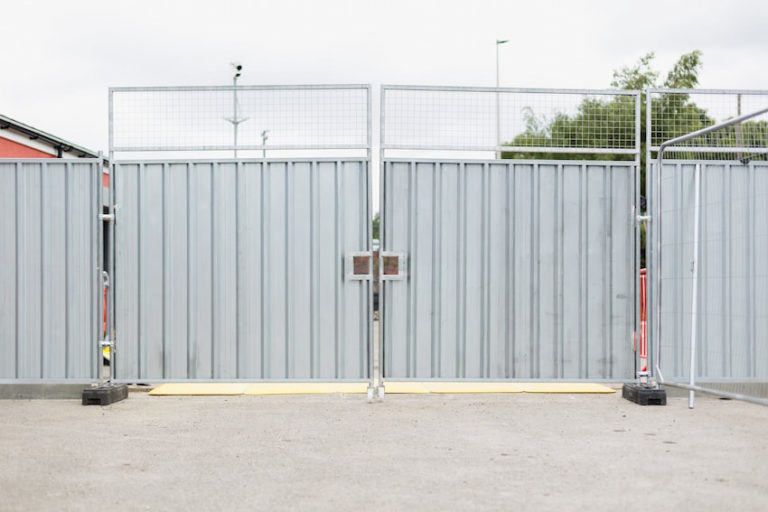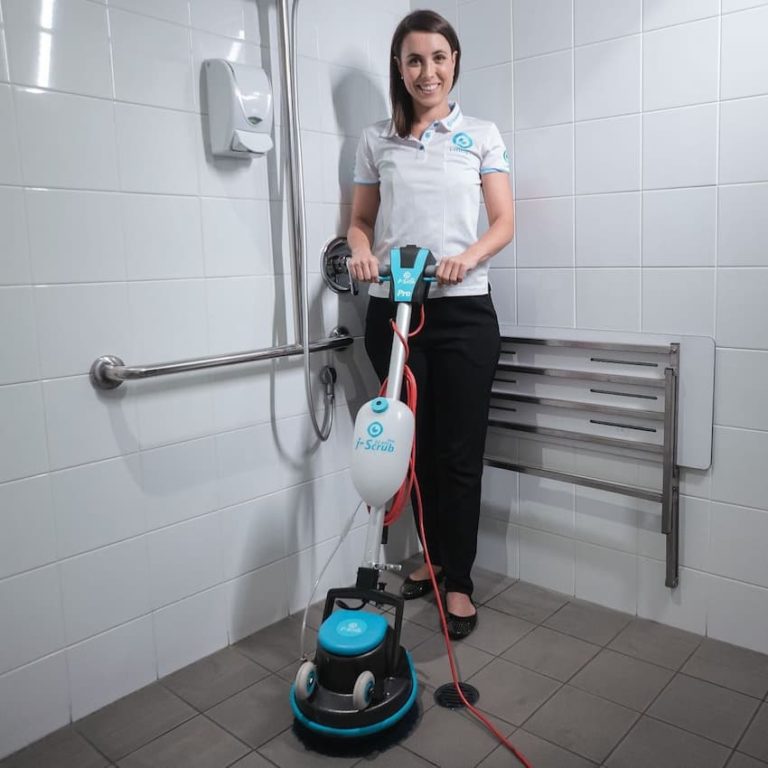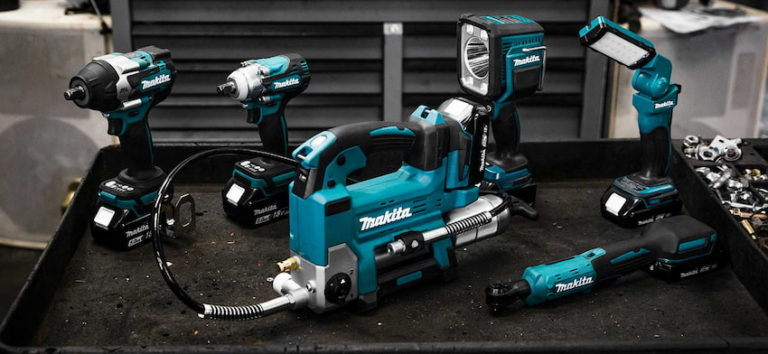Trailers come in all shapes and sizes. From huge semi-trailers that you anxiously overtake on highways, to small trailers used to carry recreational gear. And all the trailers in between that see regular use by tradesmen, movers, car dealers and anyone in need of hauling items with some heft. The basic distinction here is between open and enclosed trailers. Both types have their pros and cons, and are used for different purposes. One area where enclosed trailers are especially useful is transporting luggage, furniture, electronics and any perishable or fragile items. Luggage trailers in particular are seeing increasing popularity, as they marry both functionality and security in one product. Let’s see what makes a luggage trailer an indispensable must-have.

Benefits of Luggage Trailers
Of course, luggage trailers will carry luggage, clothing, household items, furniture, tools, building materials, machinery, equipment, white goods or anything that an open trailer will, just in an enclosed environment. This has several benefits. The most obvious is that all your cargo is properly shielded from changes in weather. Rain and hail can damage anything unprotected, and strong winds will see smaller unsecured objects rattling around, or even falling out. The same goes for the sun. Things that are exposed to prolonged sunlight will fade or crack. The enclosure of a luggage trailer prevents such things from happening.
Next, there are the safety benefits. A luggage trailer can house all your items securely, wherever you leave the trailer. Sturdy materials and locks keep anyway thieves. Also, there’s the benefit of not having to unload and load all your gear each time you park. This is convenient and saves a lot of time and effort, especially if your cargo consists of tools and work equipment that you use on a daily basis.
Lastly, there’s the versatility a luggage trailer provides. These things are used not only to transport goods from one place to another, but have been adapted into mobile shops, offices, cubby houses or fully decked out caravans.
What to Look for When Buying a Luggage Trailer?
Loading Capacity and Size
How much you can carry depends on the length, height and width of the trailer and the specified weight. Different sizes are available. Smaller luggage trailers have enclosures at 1250mm in length, 1100mm high and 1300mm wide. The overall length, including the drawbar and hitch comes in just over 3 metres. These are 6 by 4 trailers, with enough space to fit a dozen large suitcases, any smaller furniture, or all the tools you need at the worksite. Bigger variants, like the 8 by 5 foot luggage trailers are double the length at 2500mm, taller at 1800mm and 1600mm wide. Not far from the dimensions of tiny houses. You can also opt for different heights. Overall length comes in at 4 metres, and you’ll need a gruntier vehicle to haul it, say a torquey 4WD ute.
Smaller trailers are rated at carrying up to 1000 kilos, while larger trailers are rated at 3500 kilos. Bigger luggage trailers will have a tandem axle to handle the extra weight, as opposed to the single axle in smaller variants. Also bear in mind the tare or unladen weight of the trailer when considering the vehicle you’ll be using to tow it. Smaller, lighter aluminium luggage trailers will be best suited for cars.
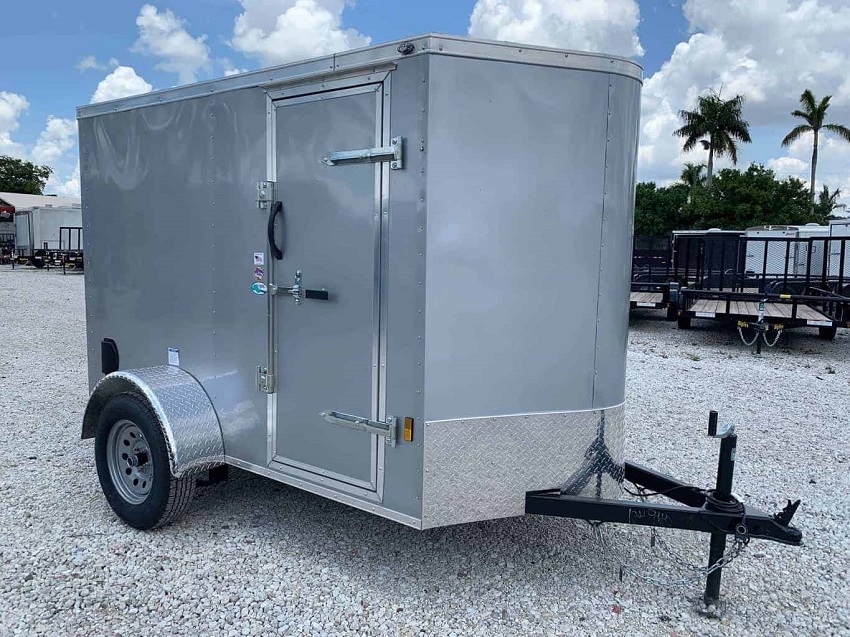
Materials and Build
You’ll want the best materials and workmanship for your cash. Most trailers are aluminium, including the bed and the enclosure with galvanised steel in the chassis. To avoid slippage, trailer beds often come with an aluminium checker plate. Locks and hinges are made of high-quality stainless steel and are recessed meaning they’re hard to damage. Rubber seals line the aluminium housing to prevent any water or liquids from making their way in. You won’t have any rust issues either. This also keeps things protected from dust or wind. Doors can be optioned either at the back, or as side doors if you need access from both sides. Buyers get to choose polished exterior finishes to the trailer enclosure in the colours they like, something that enhances the overall look.
If you’re unsure about the robustness of aluminium, you can specify an all-steel luggage trailer. This is common for bigger trailers since there’s considerably more weight. Go for coated steel to avoid corrosion.
Brakes, Suspension and Safety
Trailers can be had with torsion axles or include leaf springs. Torsion axles are better for a smoother ride and generally need less maintenance. Brakes for trailers over 750 kilos function independently of the towing vehicle, and include a brake line. Drawbars are heavy-duty galvanised steel. LED lights come as standard on many models.
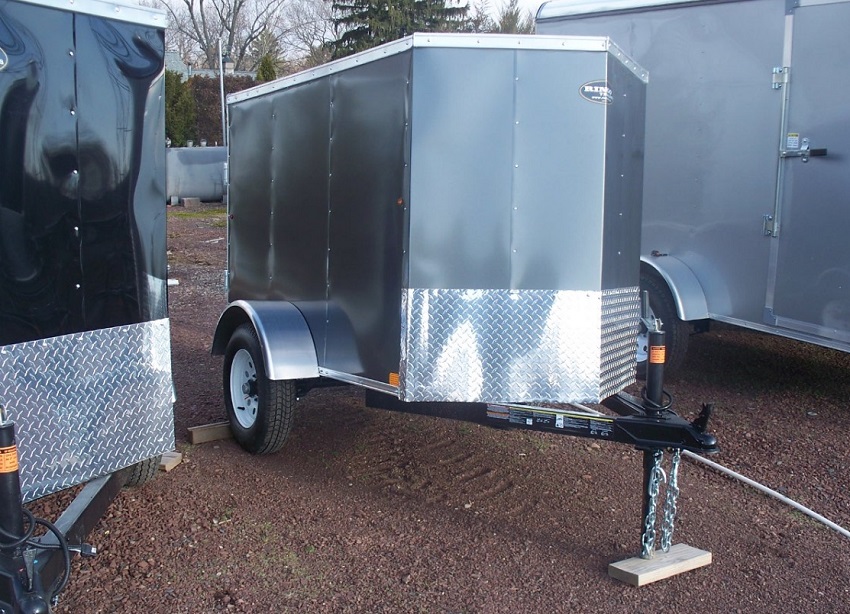
Features
You can option your luggage trailer with different features. Doors can be specced on both or either left or right side, and open flush with integrated gas struts. For easy loading and unloading a ramp does wonders, and you’ll need one for mowers, motorbikes or ATVs. Rated tying points in the floor bed secure any type of cargo. Trailers with taller steel enclosures can also be had with fitted ladder racks. Builders are happy to add anything that you have in mind.
Luggage trailers are built locally by dozens of companies across Australia. Materials, fit and finish are of high standards, and all trailers comply with Australian road safety standards.

